Sprinkler Winterization Services
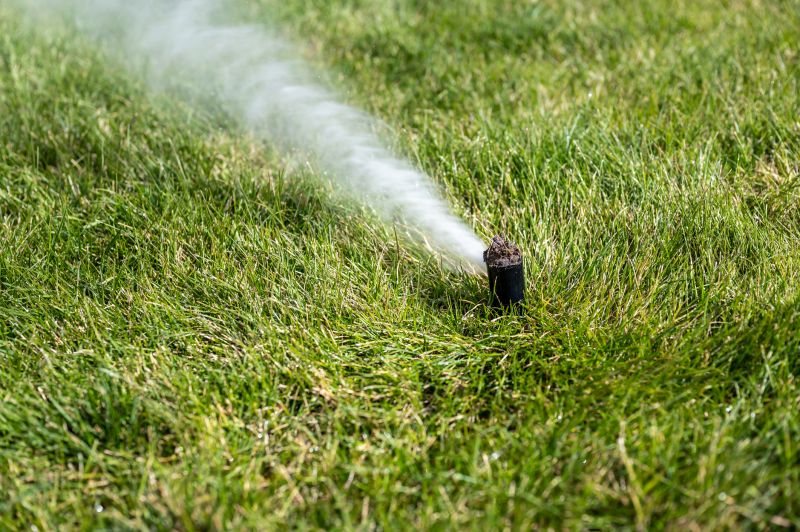
A well-maintained sprinkler system prepared for winter.
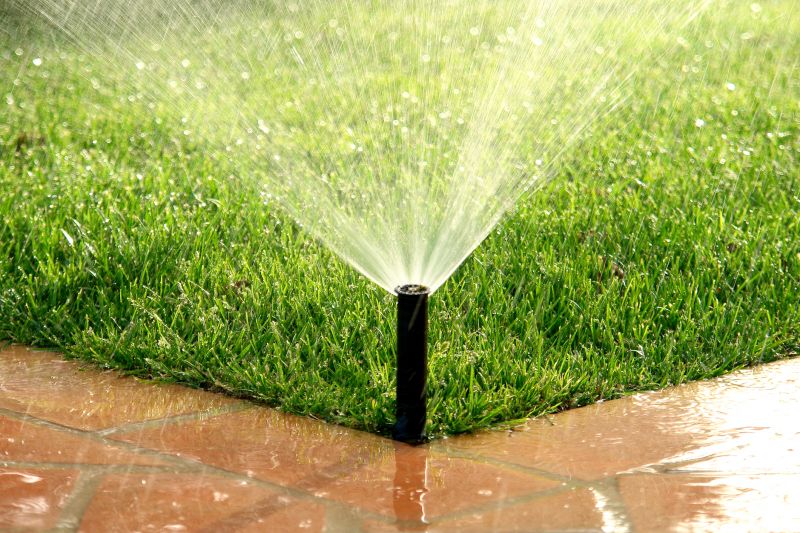
Close-up of drained sprinkler heads and pipes.
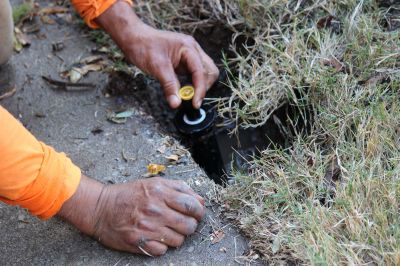
Specialized tools used for sprinkler system winterization.

Illustration of potential damage caused by freezing pipes.
Proper winterization prevents pipe damage and system failure during cold months.
Best time to schedule winterization is before the first freeze.
Neglecting winterization can lead to costly repairs due to burst pipes.
Professional service ensures thorough winterization and reduces risk.
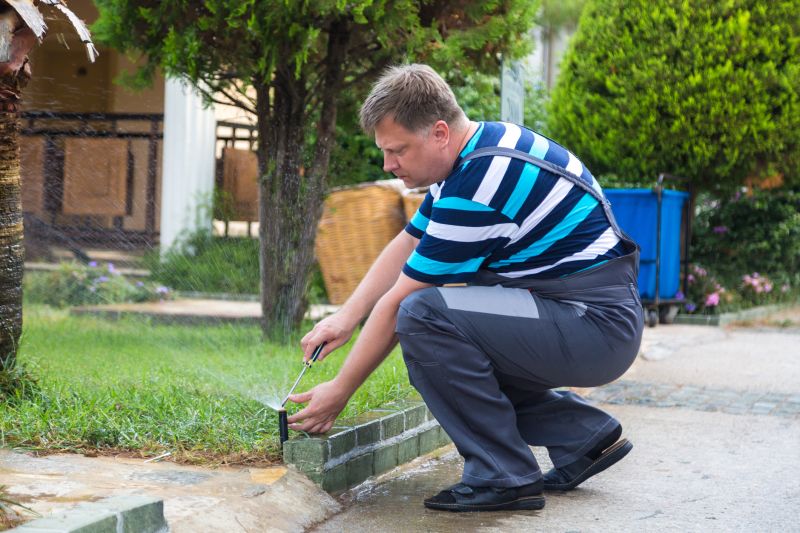
Technician draining water from sprinkler pipes.
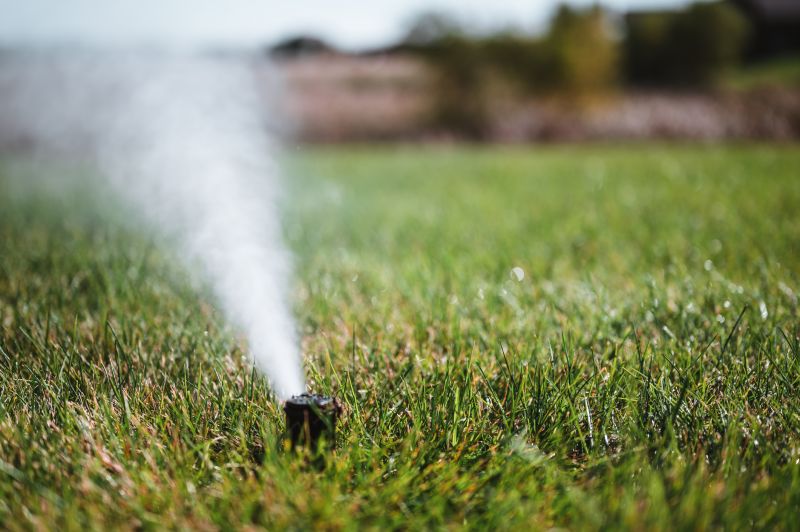
Using compressed air to clear water from lines.

A sprinkler head after winterization process.
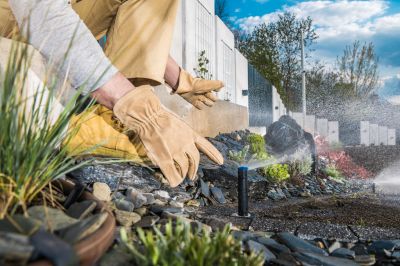
High-pressure air and specialized tools for winterization.
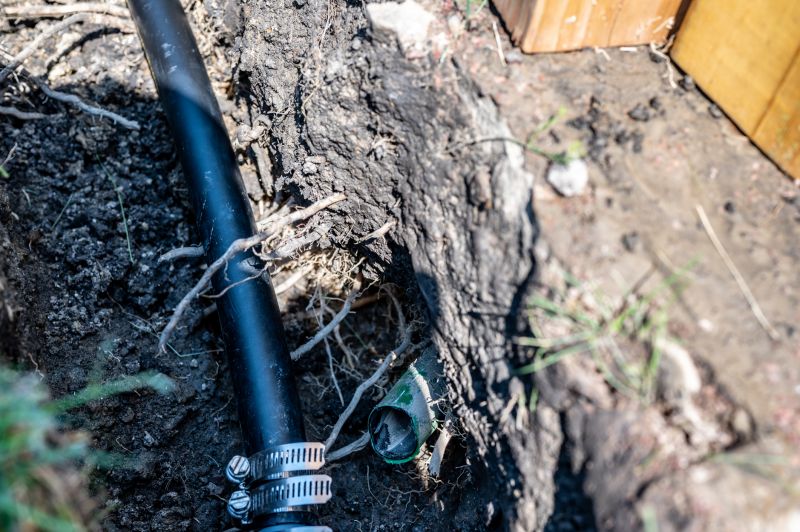
Proper drainage prevents freezing and pipe damage.
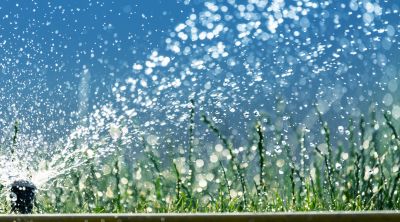
Scheduled winterization to protect sprinkler system.
| Aspect | Details |
|---|---|
| Best Time for Service | Before the first freeze, typically late fall. |
| Signs to Schedule | Frost in the forecast or dropping temperatures. |
| Potential Dangers of Not Winterizing | Pipe bursts, system failure, costly repairs. |
| Process Overview | Drainage, blowing out lines, inspecting components. |
| Professional Benefits | Thoroughness, safety, and system longevity. |
| DIY Risks | Incomplete drainage, missed components, potential damage. |
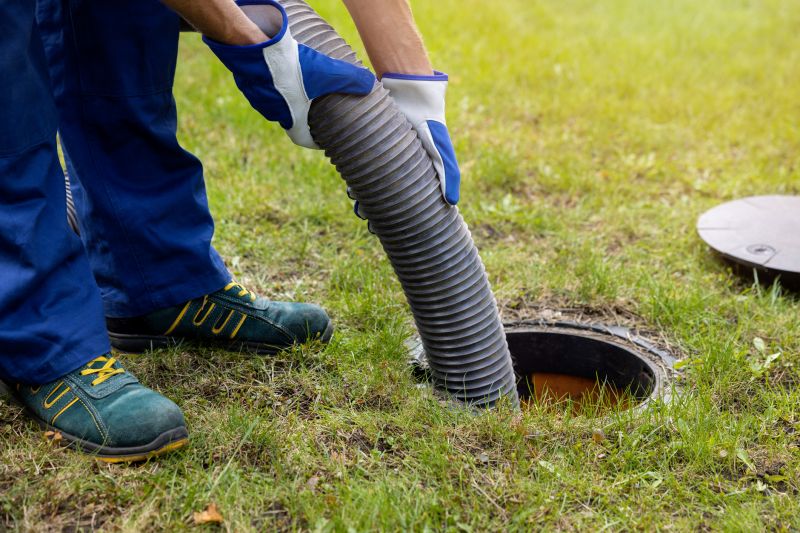
Technician draining water from sprinkler pipes.
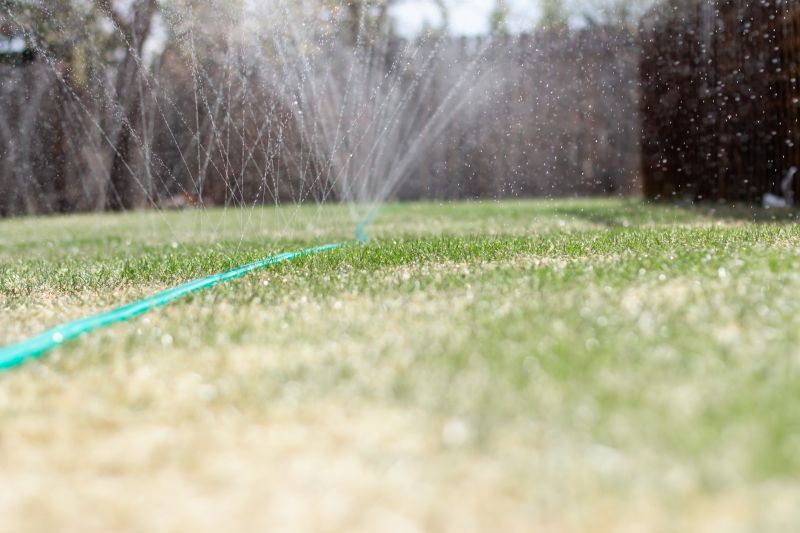
Using compressed air for complete water removal.
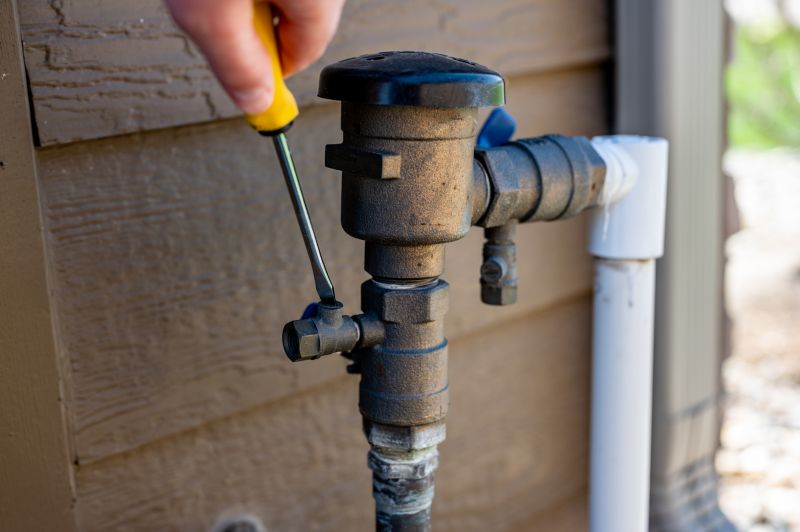
Sprinkler heads and valves after winterization.
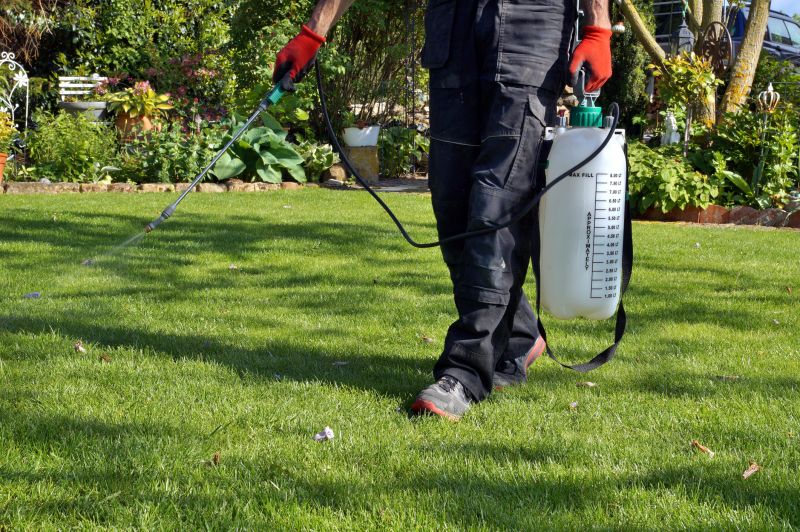
Specialized tools ensuring effective winterization.
Proper sprinkler winterization is essential to protect irrigation systems from freeze damage. Scheduling this service before the onset of cold weather minimizes the risk of costly repairs and ensures the system remains functional for the next season.
Contact a professional to perform sprinkler winterization and ensure all components are properly drained and protected. Filling out the contact form can provide a quote tailored to specific needs and system sizes.
